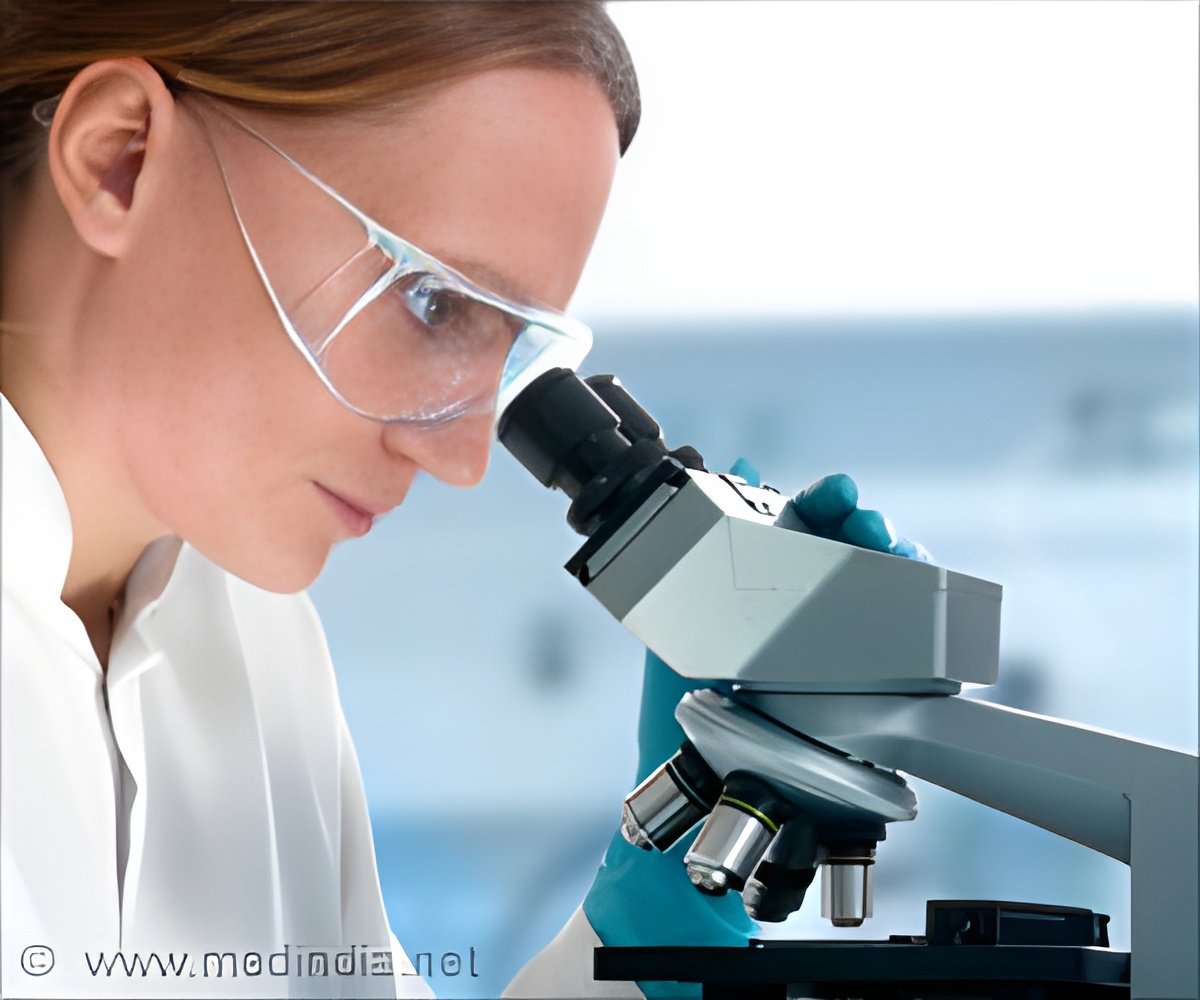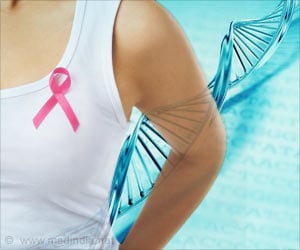
‘An immediate reconstruction gives you a new breast straight away. The breast will be different to the one that was removed, but some women find that immediate reconstruction helps them cope more easily with their feelings about the loss of a breast.’
Tweet it Now
Of these women, 165 (8 percent) underwent fat grafting between years 1 and 2 after surgery. One year postoperatively, patients who later underwent fat grafting reported significantly lower breast satisfaction, psychosocial well-being, and sexual well-being, compared with those who did not receive subsequent fat grafting. Following the procedure, the fat-grafted group reported similar breast satisfaction for these measures two years postoperatively. "By providing multicenter, prospective data confirming the benefits of autologous fat grafting as a useful adjunct in breast reconstruction, we hope that this study will contribute to the ongoing discussion with payers and regulators over the safety and effectiveness of these procedures. Our findings should bolster the ongoing assertion that fat grafting is an important tool in breast reconstruction and that this option should remain available to reconstructive surgeons and to the patients they serve," the authors write.
A limitation of the study was that as with any nonrandomized study design, the findings may have been attributable to unknown confounders not controlled for in the analysis.
Source-Eurekalert















